by Fatemeh Aman
The Islamic State (ISIS or IS) has extended its influence into Afghanistan, potentially complicating prospects for peace talks between the Afghan government and the Taliban.
Both proponents and opponents of talks between the Afghan government and the Taliban have referred to an IS presence in the country, although estimates of the group’s strength vary. One IS representative in Pakistan, for instance, claimed on February 1 that the group has attracted the allegiance of more than 10,000 Afghan fighters based in tribal regions. But as Afghanistan’s Chief Executive Abdullah Abdullah said on February 24, “some may have exaggerated the IS threat while others have totally ignored it.”
It is impossible to verify these numbers because the dividing line between Taliban militants and IS fighters is not well-defined. The February 23 abduction of 30 Shiite Hazaras by masked men on the Kabul-Kandahar highway is a case in point. General Abdul Hamid of the Afghan National Army described the abduction as the work of the Taliban since the abductors “spoke Dari and Pashto,” the principal languages of Afghanistan. Others said the kidnappers must be IS fighters because they “spoke in a language not known to local people.”
Peace talks continue between the Taliban and both Afghan and Pakistani government and military officials. But all sides are anxious about the possibility that IS will play a spoiler role.
Talking with the Taliban
IS is not the only challenge facing the negotiations. Many Afghans, for instance, are worried about the prospect and extent of possible Taliban’s participation in the Afghan government. Abdullah Abdullah has promised transparency and assured Afghans that the negotiations will not compromise the country’s national interest.
Then there’s the role of Pakistan. Pakistan army Chief General Raheel Sharif said during a February 17 visit to Kabul that the “enemies of Afghanistan are the enemies of Pakistan.” This was Sharif’s second visit to Afghanistan since the devastating attack on a school in Peshawar in December killed 134 children and 16 adults. Afghanistan and Pakistan have been exchanging intelligence over the attack, according to Pakistan military spokesman Major General Asim Bajwa.
The decades of mistrust between Afghanistan and Pakistan are one source of tension in the negotiations. Those who have considered Pakistan an enemy and a source of instability in Afghanistan find it hard to believe that Pakistan could suddenly have good intentions. Afghanistan’s former president Hamid Karzai stated on March 9 that, although a friendly relationship with Pakistan is desirable, “we do not want to be under Pakistan’s thumb.” At the same time Karzai also criticized his successor Ashraf Ghani’s decision to seek Pakistan’s help in training six army cadets, which would have been unthinkable under Karzai.
The success of talks with the Taliban hinges on the approval of Taliban leader, Mullah Mohammad Omar, who has not been seen in public since late 2001 and is widely believed to be hiding in Pakistan. However, prominent Taliban figures such as a former chief justice and former ambassadors to Pakistan and Saudi Arabia actively support peace talks.
The introduction of IS into the region is a potential complicating factor. A January 10 video showed Pakistani Taliban spokesman Shahidullah Shahid, an international figure who managed the group’s media operation for many years, and dozens of other former militants of the Pakistani Taliban pledging allegiance to IS. On January 26, the IS named former Pakistani Taliban chief for Orakzai, Hafiz Saeed Khan, as the head of its Khorasan Province, a historic name for a region that covers Afghanistan, Pakistan, and Central Asian countries.
There has been little evidence that IS exerts effective leadership over any part of Afghanistan. Only a few Taliban leaders have pledged allegiance to the group. Among those who say they have joined IS are the Salafi Abdul Rahim Muslim Dost and Maulvi Abdul Qahar, stalwarts of Saudi-backed Salafi Taliban groups operating in Afghanistan’s Nuristan and Kunar provinces.
Although IS may inspire only a tiny fraction of Afghan-based militants outside its main base of operations in Iraq and Syria, the threat of larger numbers of Afghan militants joining IS is real. A member of the Afghan Senate, Muhammad Asef Sediqi, warned that in addition to hardline Taliban militants, “disaffected youth” are also prone to recruitment by IS (which is also know as Daesh in Arabic). He quoted security officials as saying that men wearing black and “who want to implement the Daesh method of war” set ablaze a shrine on February 21 in the Muhammad Agha district of Logar province.
The Taliban Takes a Turn?
A turn to IS would be a major ideological shift for the Taliban, which in the past has focused on returning to power in Afghanistan rather than joining a global fight to establish an Islamic caliphate.
A beneficiary of the Cold War, the Taliban rose to power after the defeat of Soviet forces in Afghanistan and the collapse of the old Soviet Union. In the mid-1990s, the group gained the support of many Afghans who were seeking stability and law and order. Mullah Omar announced in 1996 that he wanted to turn Afghanistan into an Islamic Emirate ruled by an emir to whom clerics would pledge allegiance.
Mullah Omar was not, however, a religious leader. He did not know Arabic (the language of Quran) and was not known to be well-versed in other religious books. He and most of the Taliban commanders received their education in a madrassa run by a Pakistani religious leader, Maulana Sami ul Haq. The Taliban had little interest in a global jihad, unlike al-Qaeda, which was granted sanctuary by the Taliban in the 1990s in return for financial support.
Although the Taliban, like al-Qaeda and IS, is a Sunni movement, they follow the Hanafi school of Muslim jurisprudence. Al-Qaeda and IS are Salafists, meanwhile, associated with a literalist, strict and puritanical interpretation of Islam. The Taliban also respect Islamic holy sites and historical personalities and have sought to attract members from other Islamic sects.
In July 2014, the Taliban leadership rejected IS and called on Muslims to “avoid extremism in religion.” Divisions increased after IS leader Abubakr Al Baghdadi was said to have called Mullah Omar an “illiterate fool.” Wakil Ahmad Muttawakil, who served as foreign minister when the Taliban ruled Afghanistan has implied that there is no place for IS in Afghanistan.
Still, it remains unclear how united the Taliban is in its rejection of IS. A recent Afghan editorial suggested that the Taliban is now divided into three factions: supporters of IS, supporters of negotiations, and those who prefer to remain independent and continue an armed struggle against the Afghan government. The divisions could help the peace talks or hurt them since no faction may be powerful enough to have the final say.
There are plenty of reasons why it is hard to foresee a permanent agreement with the Taliban. Since 2001, efforts to negotiate with them have failed but the latest developments have raised some hope that talks will be more effective now. This is the first time that all parties, including Pakistan, have committed themselves to the negotiations. The fact that Pakistan is now motivated to bring stability to Afghanistan to combat terrorism at home may provide the best guarantee for an effective and lasting peace. But IS remains a wild card—not only for the future of Iraq and Syria but for the future of Afghanistan as well.
Photo: Afghan President Ashraf Ghani is greeted during a visit to Panjshir Province

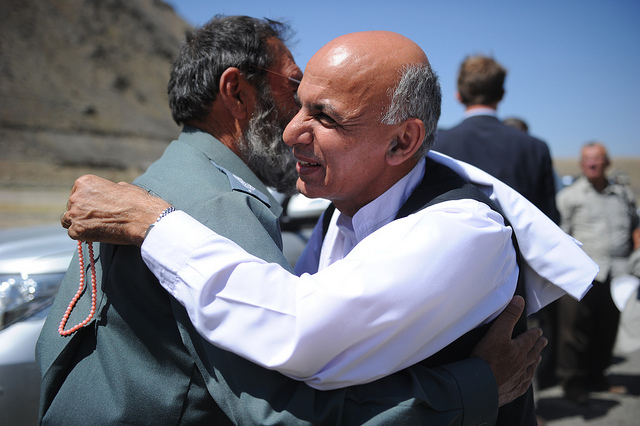
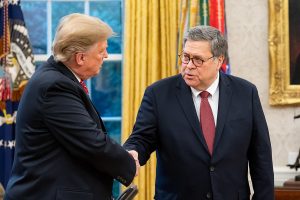
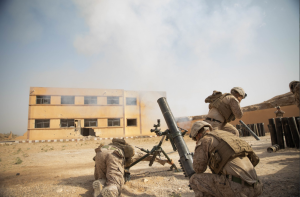
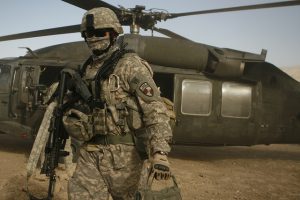
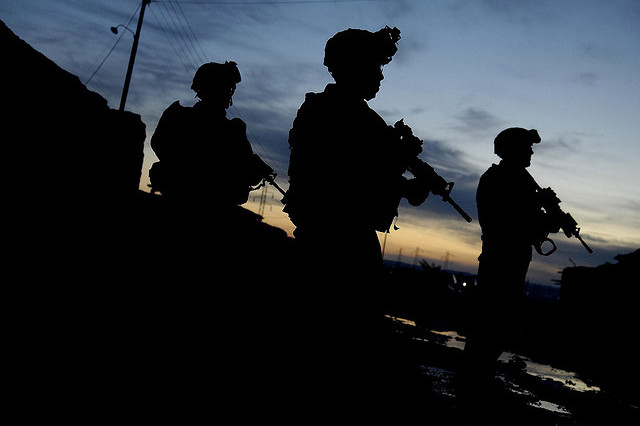
The CIA created the Taliban, al Qaeda, IS-ISIS, any other group that wars, but doesn’t take responsibility for any of them. The one thing they have in common, “a religious bent”, but also financed by the West. Begs the question, are these groups truly ethnic, or is there a shadow elite-not native-behind all the factions? Depending on who one asks, since 9-11, the CIA has been in charge of the Opium production/distribution due to the vast income involved, but not to the farmers. Convenient to use religion as a cover for all things illegal, what ever they my be.